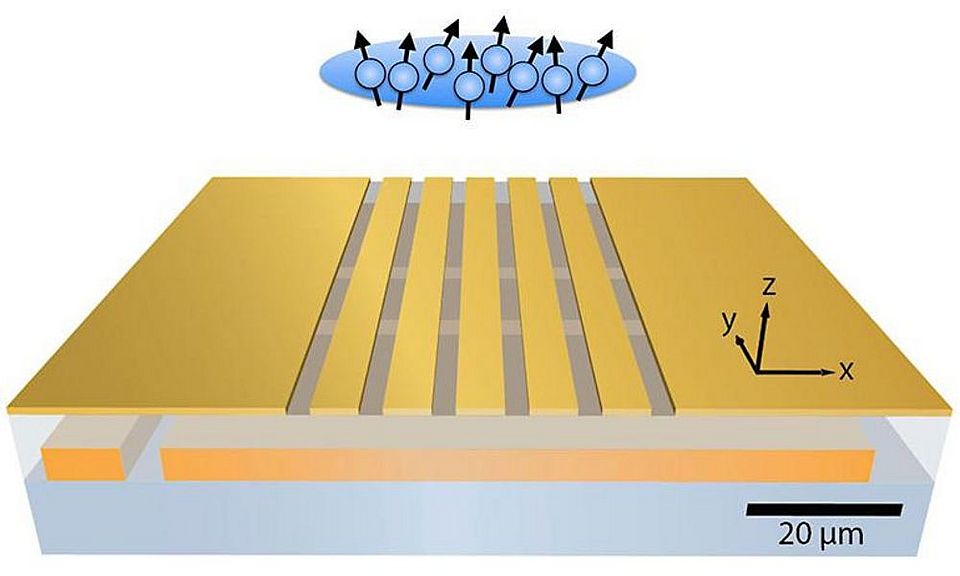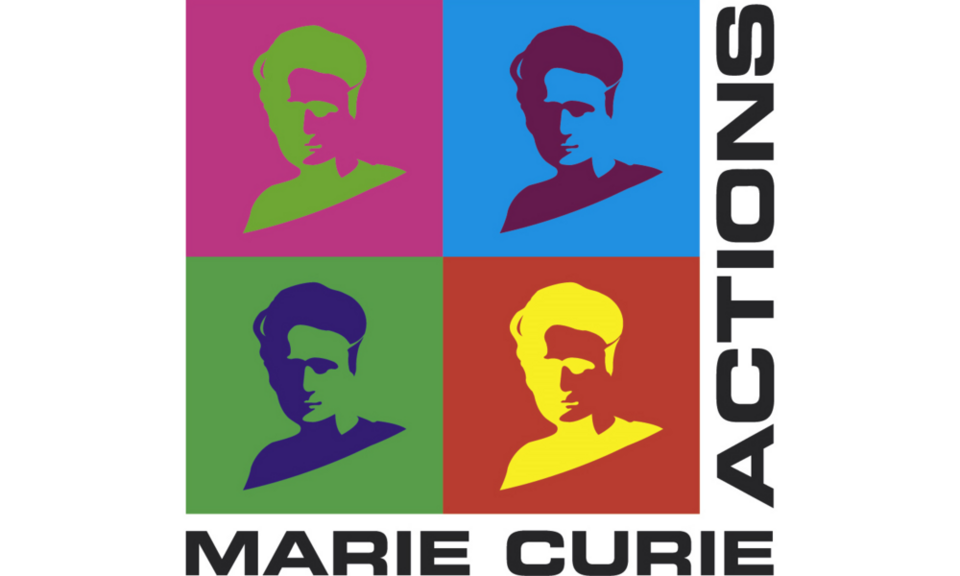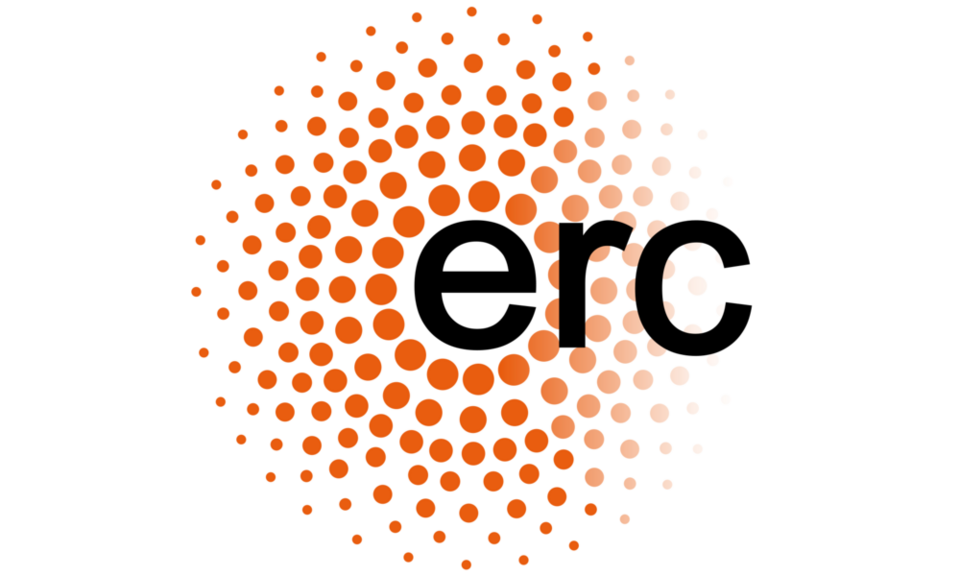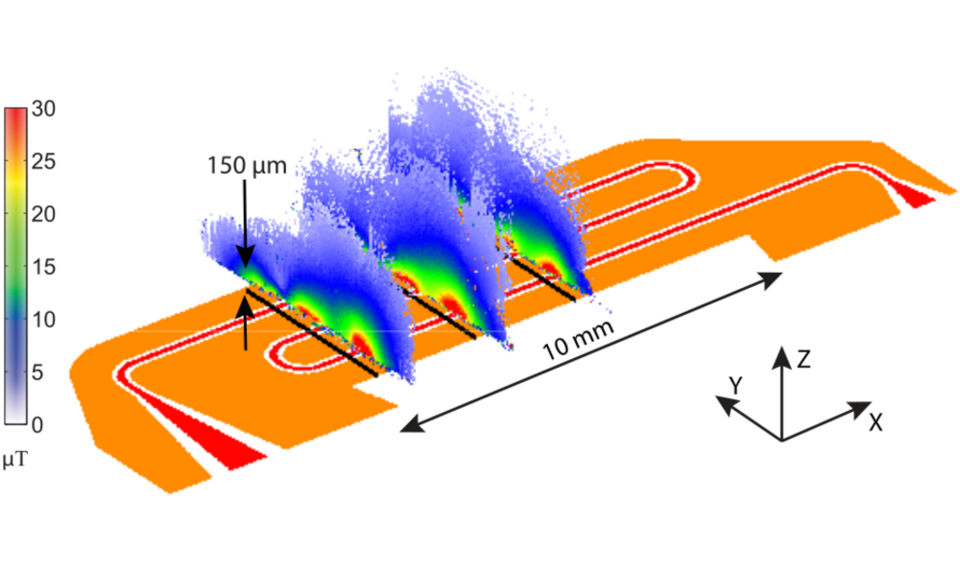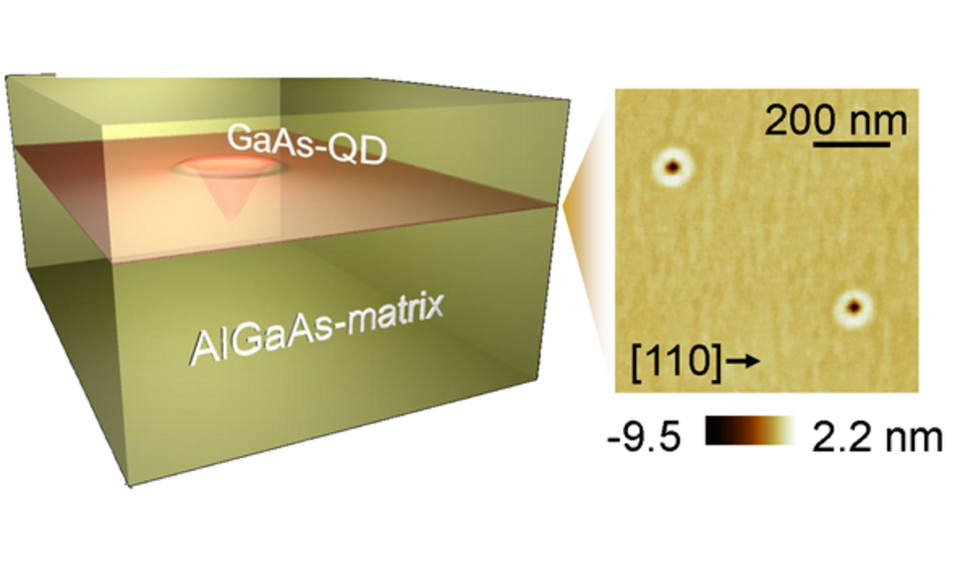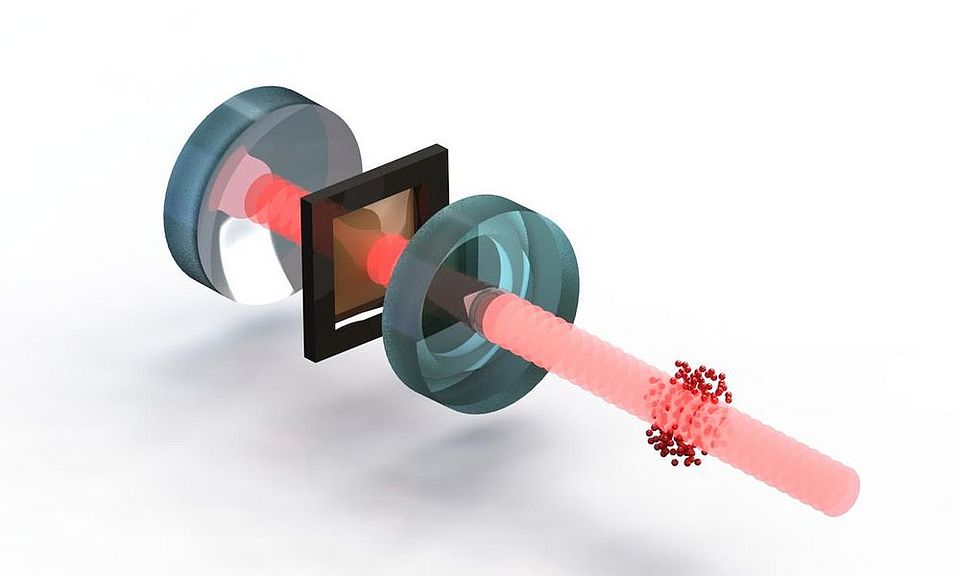Welcome to the quantum optics lab
We explore fundamental quantum physics with atoms, photons and phonons and harness it for applications in quantum technology. In our experiments we study many-particle entanglement in Bose-Einstein condensates, explore hybrid atom-optomechanical systems, and develop quantum memories and sensors with atomic vapour cells. Our research combines experiment with theory, employing techniques of atomic physics, quantum optics and optomechanics. A common goal of our activities is to investigate quantum physics in systems of increasing size and complexity.







